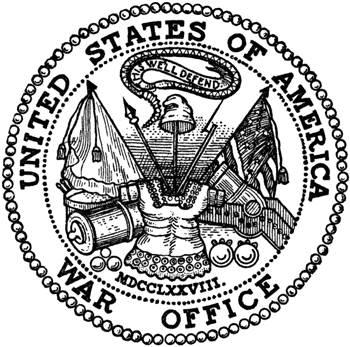- Two spaces between sentences. Once upon a time, typewriters used a monospaced typeface. Since all of the letters were the same width, it became customary to add an extra space at the end of a sentence to call attention to a new sentence. This was never the practice of professional typesetters, who always used one space. (If you're doubting this, find an old book and see for yourself.) Since most typefaces on our computers vary in width, unsightly gaps appear if two spaces are used--so retrain yourself to use just one space after a sentence.
- Failing to kern display type. Nothing bellows "I'm an amateur!" quite like display type that hasn't been properly kerned. Unseemly gaps can impede readability by distracting the reader. The kerning tables of some typefaces are great, but the human eye is divine. Remember that we read shapes--not individual letters--so kern accordingly.
- Using a hyphen instead of an en dash. A hyphen is great for a hyphenated word, but an en dash can be used to indicate a range of numbers or a duration of time instead of the word "to": the 8–10 Commandments, not 8-10 Commandments.
—From "Thou Shalt Not" by Jim Godfrey, published in the July 2011 issue of How magazine.






